- Home Page
- Company Profile
-
Our Products
- Microscope
- CONFOCAL MICROSCOPES
- Trinocular Upright Metallurgical Microscope
- Portable Grooved Metallurgical Microscope
- Cell Culture Imaging System
- Metallurgical Microscope
- Projection Microscope
- Student Stereo Microscope
- BINOCULAR STEREO ZOOM MICROSCOPE
- PCB Inspection Video Stereoscope Microscope
- SPINNERET MICROSCOPE
- Penta Head Microscope/ Multi view Head Microscope
- Research Polarising Microscope
- Senior Dissecting Microscope
- Dissecting Microscope
- Motorized Comparision Microscope
- Sieves Digital Microscopes
- Advance Inverted Tissue Culture Microscope
- Advance Stereo Zoom Microscope
- Student Projection Microscope
- Inverted Metallurgical Microscope
- Measuring Microscope
- Digital Spinneret Inspection Microscope
- Portable Inverted Tissue Culture Microscope
- Binocular Inverted Tissue Culture Microscope
- Student Compound Microscope
- Trinocular Stereozoom Microscope
- Advanced Research Microscope
- Gemological Microscope
- Polarizing Projection Microscope
- Senior Inspection Spinneretscope
- Confocal Microscope
- Senior Projection Microscope
- Toolmaker's Microscope
- Research Microscope
- Stereo Inspection Microscope
- Student Medical Microscope
- Digital Biological Microscope RXLr-4D
- Toolmaker Microscope Large
- Stereo Inspection Scope
- Trinocular Research Microscope
- Portable Metallurgical Microscope
- Binocular Research Microscope
- Student School Microscope
- Inverted Tissue Culture Microscope
- Projection Microscope
- Laboratory Microscope
- Decca Head Microscope
- Advanced Research Material Microscope
- Microtomes
- Semi Automatic Rotary Microtome
- Senior Precision Rotary Microtome
- Rocking Microtome
- Rotary Microtome Erma Type
- Freezing Microtome
- Fully Automatic Rotary Microtome
- Manual Rotary Microtome RMT-25
- Advance Rotary Microtome
- Hand Table Microtome
- Knife Sharpener Microtome
- Sliding Miocrotome
- Slide Staining Machine
- Rotary Microtome
- CRYOSTAT MICROTOME
- Optical Instruments
- Tissue Processor Machine
- Microscope Accessories
- Histopathological Equipment
- Lab Instrument
- Radical Digital Turbidity Meter
- Radical Microprocessor Dissolved Oxygen Meter
- Digital Photo Colorimeter
- Tap Density Tester
- Serological Water Bath
- Magnetic Stirrer
- Dual Channel Flame Photometer
- pH or mv or Conductivity
- Round Centrifuge
- Radical Disintegration Test Apparatus
- Digital Slide Scanner
- Precision Water Bath
- Incubator Shaker Water Bath
- Hemoglobin meter
- Microprocessor Colony Counter
- PASS BOX DYNAMIC
- Radical Microprocessor Colony Counter
- Bulk Density Apparatus
- Laboratory Rectangular Hot Plates
- Tablet Dissolution Test Apparatus
- Hemoglobin Meter (Sahli's)
- Micro Centrifuge 16000 R.P.M.
- Revolutionary General Purpose Digital Centrifuge
- Vortex Shaker
- Rectangular Water Bath
- Heating Mantel
- Digital Spectrophotometer
- Haematocrit Centrifuge
- Water Distillation with Metal Heater
- Hand Specimen Leveler Press
- GROSSING TABLE
- COOLING PLATE
- MICROPROCESSOR PH METER
- DIGITAL FLAME PHOTOMETER
- pH/mV/TEMPERATURE TESTER
- DIGITAL PH, CONDUCTIVITY & TEMPERATURE METER
- Radical Auto Karl Fischer Titrimeter
- Stereo Zoom Microscope
- Jewellery Making Microscope
- Binocular Stereo Microscope
- Advanced Stereo Zoom Microscope
- Articulated Trinocular Stereo Zoom Microscope
- Digital 3D Inspection Microscope
- Binocular Stereo Microscopes
- Motorized Stereo Microscopes
- Trinocular Microscope
- Stereo Inspection Microscope
- Stereo Microscope
- Digital 3D Inspection Microscope RSZ-3D
- Stereo Zoom Microscope RSM-8
- Polarising Microscopes
- Lab Consumables
- Profile Projector
- Optical Profile Projector
- Vertical Profile Projector
- Profile Projector RPP-500
- Profile Projector
- PROFILE PROJECTOR
- Universal Profile Projector
- Bench Type Profile Projector
- Charpy Profile Projector
- High Sharpness Profile Projector
- Profile Projector
- Horizontal Profile Projector
- Digital Profile Projector
- Radical Profile Projector
- Coaxial Profile Projector
- Anotomy Model
- Metallurgical Microscope
- Microscope
- Contact Us

Why Choosing the Right Laboratory Microscope Can Transform Your Research Outcomes
In the realm of scientific research, the choice of a Laboratory Microscope is crucial in determining the quality and accuracy of outcomes. According to a report by the National Academy of Sciences, effective microscopy is essential for advancements in fields such as biology, materials science, and medicine, leading to breakthroughs in understanding cellular structures and interactions.
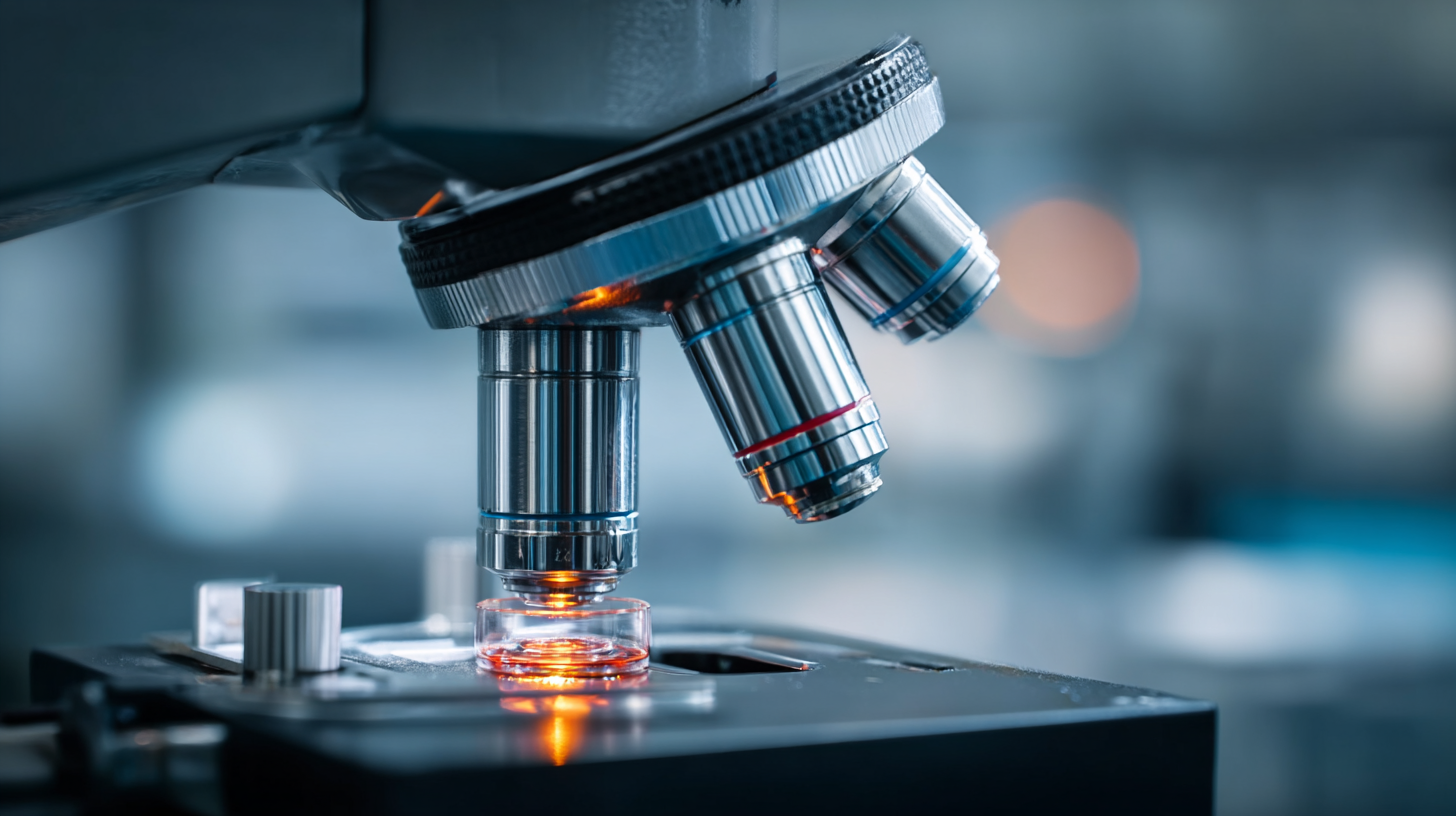 The demand for high-performance laboratory microscopes has surged, with the global market expected to grow at a CAGR of 6.9% from 2021 to 2028, reaching a value of over $7.5 billion. This trend emphasizes the importance of selecting the right microscope, as it can significantly enhance sample analysis, reduce error margins, and ultimately transform research findings. By investing in advanced microscopy technologies, researchers can unlock new insights, demonstrating the profound impact that the right laboratory equipment has on the progression of scientific knowledge.
The demand for high-performance laboratory microscopes has surged, with the global market expected to grow at a CAGR of 6.9% from 2021 to 2028, reaching a value of over $7.5 billion. This trend emphasizes the importance of selecting the right microscope, as it can significantly enhance sample analysis, reduce error margins, and ultimately transform research findings. By investing in advanced microscopy technologies, researchers can unlock new insights, demonstrating the profound impact that the right laboratory equipment has on the progression of scientific knowledge.
Table of Contents
[Hide]
Essential Features to Look for in a Laboratory Microscope for Optimal Research
When selecting a laboratory microscope, researchers must consider essential features that can significantly impact their research outcomes. The magnification power is crucial; according to a recent report from the Microscopy Society of America, achieving magnifications of at least 1000x can allow scientists to observe cellular structures in detail, leading to more precise data collection and analysis. Furthermore, the resolution of the microscope is equally important. High-resolution microscopes (with resolutions below 200 nanometers) enable researchers to discern finer details, which is critical in fields like microbiology and material science.
Another vital aspect to consider is the type of lighting system. LED illumination has become increasingly favored in laboratory settings due to its long lifespan and minimal heat production, which minimizes specimen damage. A survey by Lab Manager revealed that 67% of researchers prefer LED lighting for its ability to provide consistent and bright illumination, essential for accurate imaging. Additionally, features like adjustable contrast settings and ergonomic design can further enhance user experience and efficiency, ultimately transforming research outcomes and productivity in the laboratory.
Why Choosing the Right Laboratory Microscope Can Transform Your Research Outcomes
| Feature | Description | Importance for Research |
|---|---|---|
| Magnification | The ability to enlarge images of specimens for detailed observation. | Critical for viewing cellular structures and finer details. |
| Resolution | The smallest distance between two points that can still be distinguished as separate entities. | Essential for accurate data interpretation and analysis. |
| Illumination | Type of light source used for specimen illumination (e.g., LED, halogen). | Influences image clarity and contrast, affecting observations. |
| Type of Microscope | Different types include light, electron, and fluorescence microscopes. | Determines the types of samples that can be viewed and the details visible. |
| Ergonomics | Design features that enhance comfort and usability over long periods. | Increases efficiency and reduces fatigue during usage. |
Common Mistakes to Avoid When Selecting a Laboratory Microscope
Choosing the right laboratory microscope is vital for achieving accurate and reliable research outcomes. However, many researchers fall into common pitfalls when selecting a microscope that can hinder their work. One of the most significant mistakes is failing to consider the specific application for which the microscope will be used. Microscopes vary widely in their capabilities, and selecting one without aligning it with research needs can lead to ineffective results.
Another mistake is overlooking the importance of laboratory safety rules and guidelines. Proper training in using the microscope and adhering to safety protocols can prevent mishaps and ensure that the equipment is used effectively. For example, appropriate clothing and safe chemical handling practices are crucial, especially when conducting microscopic analyses involving potentially hazardous substances. By prioritizing both the selection of the right microscope and adherence to safety regulations, researchers can enhance their diagnostic accuracy, particularly in critical areas such as malaria microscopy, ultimately leading to better health outcomes.
Impact of Microscope Features on Research Outcomes
How Different Microscope Types Can Impact Your Research Results
Choosing the right laboratory microscope is a pivotal factor that can greatly influence the outcomes of research across various scientific fields. The global laboratory microscope market is projected to reach $0.4 billion by 2024, with an expected increase to $0.6 billion by 2033, reflecting a compound annual growth rate of approximately 2.9%. This growth highlights the increasing reliance on microscopy in research settings and underscores the importance of selecting the appropriate microscope type to ensure accurate and reliable results.
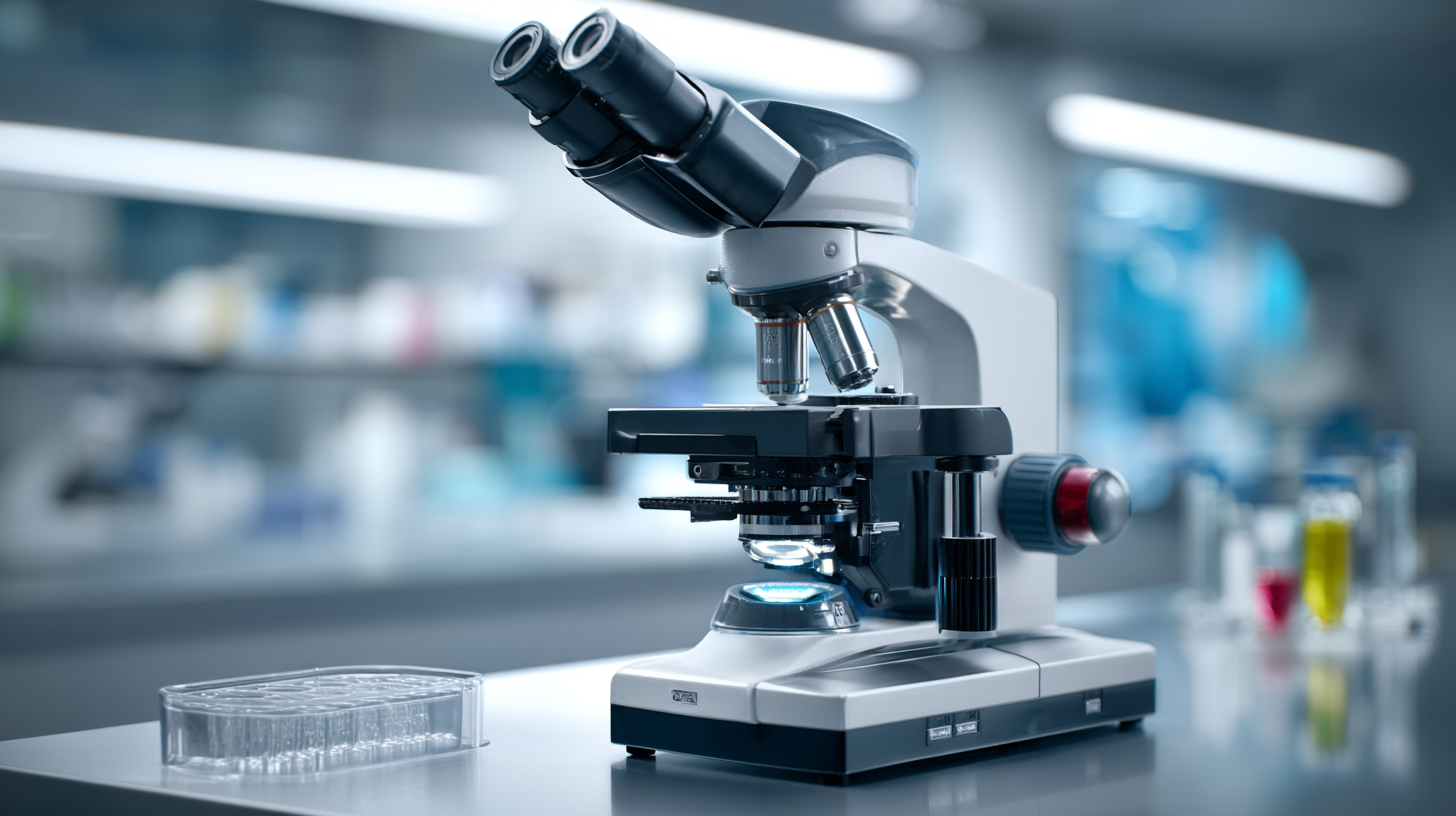
Different types of microscopes offer unique capabilities that can dramatically impact research findings. For example, advanced techniques such as fluorescence microscopy can provide insights into cellular processes by allowing researchers to visualize specific proteins or structures within cells. Meanwhile, electron microscopy offers the resolution needed to study the ultrastructure of tissues and cells at a nanometer scale. Understanding the strengths and limitations of each microscope type is essential for scientists aiming to challenge traditional paradigms, such as those illustrated in recent studies on neuronal characteristics and synaptic activation. Thus, selecting the ideal microscope is not merely a logistical choice but a fundamental step in achieving transformative research outcomes.
Budgeting for Quality: Investing in the Right Laboratory Microscope
Investing in the right laboratory microscope is a pivotal decision that can significantly impact the quality of research outcomes. According to a report by the National Institute of Health (NIH), nearly 60% of scientific studies face challenges in reproducibility, often due to inadequate equipment. Choosing a high-quality microscope not only enhances imaging clarity but also facilitates detailed analysis, making it essential for obtaining accurate results. With proper budgeting, laboratories can acquire advanced microscopes equipped with cutting-edge technology that provides superior resolution and versatility.
In terms of value, a report by the International Society for Advancement of Cytometry reveals that investing in premium microscopes can lead to a substantial increase in research productivity—up to 40% in many cases. This boost is significant when one considers that top-tier microscopes often come with warranties and service packages that extend their lifespan, ultimately providing a better return on investment. By allocating budgetary resources wisely and prioritizing equipment quality, researchers can ensure their findings are both reliable and impactful, driving innovation in their respective fields.
Tips for Maintaining Your Microscope to Ensure Accurate Research Outcomes
Maintaining a laboratory microscope is crucial for ensuring precise research outcomes. According to a report by the American Society for Microbiology, improper maintenance can lead to significant errors in data interpretation, affecting up to 30% of experimental results. Regular cleaning of lenses and settings helps avoid contamination, while routine calibration ensures that the measurements taken are both accurate and reliable. Ensuring the optical system is free from dust and fingerprints can dramatically improve image clarity, which is essential for detailed examinations and analyses.
Additionally, the use of protective covers during periods of non-use is advisable to prevent dust accumulation and damage. A study conducted by the Optical Society highlighted that laboratories that implemented a structured maintenance regimen experienced a 25% decrease in equipment-related issues. Keeping an organized maintenance schedule not only prolongs the lifespan of the microscope but also enhances its performance, leading to more consistent and trustworthy research outcomes. By prioritizing these maintenance practices, researchers can significantly improve the reliability and validity of their findings.
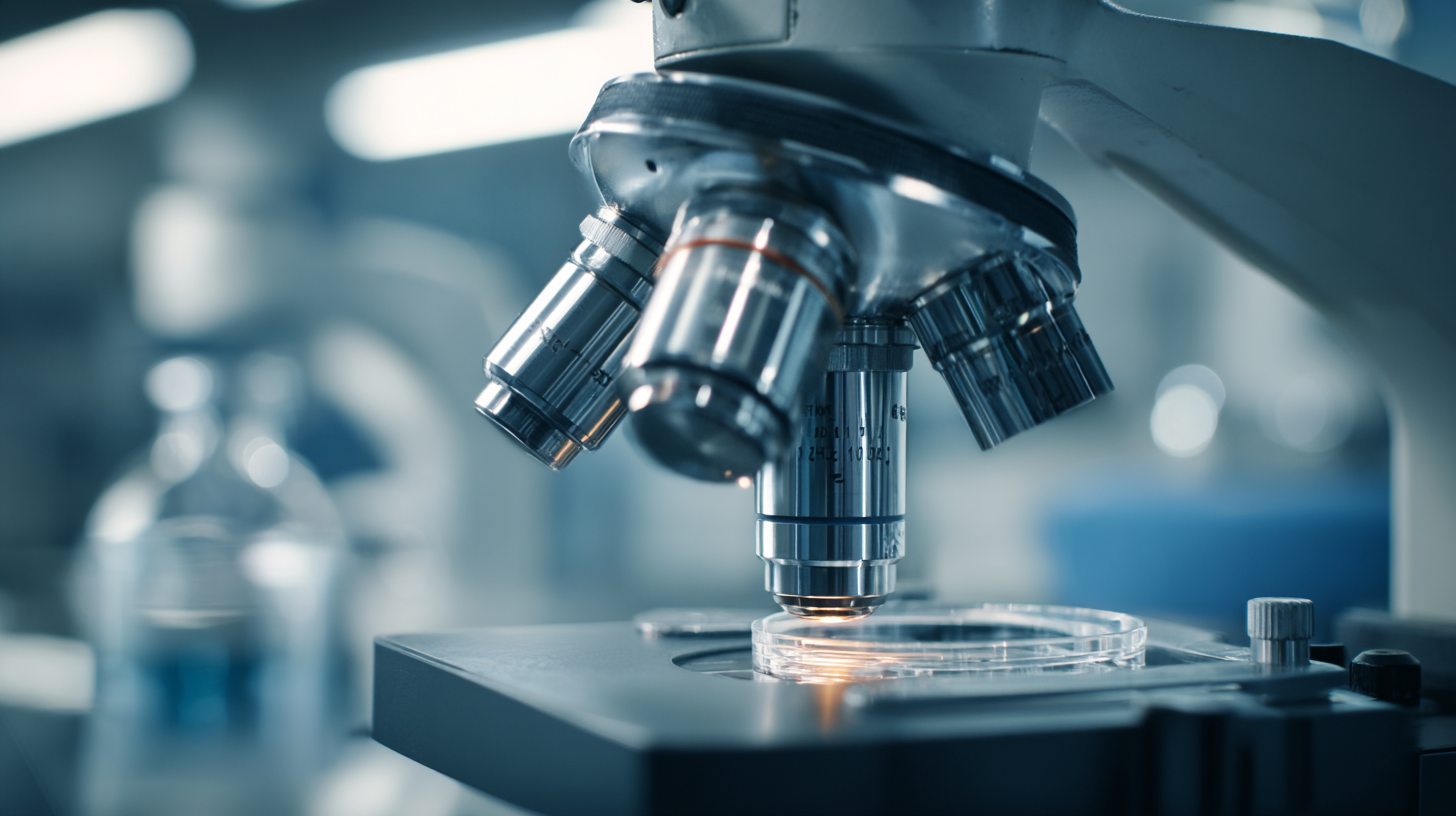
Related Posts
-
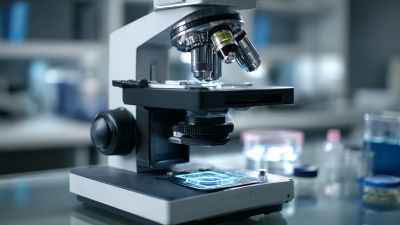
Top Strategies for Selecting the Best Zoom Microscope for Your Lab Needs
-
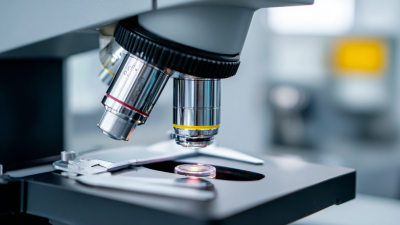
Ultimate Checklist for Choosing the Right Medical Microscope for Your Practice
-
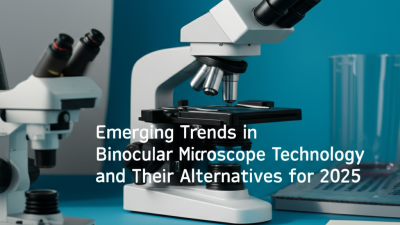
Emerging Trends in Binocular Microscope Technology and Their Alternatives for 2025
-

Unlocking Growth: The Advantages of Using a Digital Stereo Microscope in Your Industry
-

Overcoming Issues with Choosing the Best Laboratory Equipment for Your Needs
-
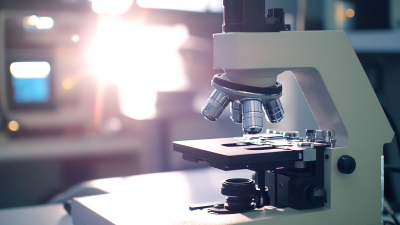
How to Choose the Best Digital Microscope for Your Needs
Contact Us
- 9th Milestome, Ambala-Jagadhri Road, P.O.- Khudda Kalan, NH-444A,Ambala Cantt - 133104, Haryana, India
- Phone : 08045479132
- Mrs POONAM BHANDARI (Incharge - Mktg & Sales )
- Mobile : 08045479132
- Send Inquiry
GST : 06AACCR8985N1ZI
Our Products
RADICAL SCIENTIFIC EQUIPMENTS PVT. LTD.
All Rights Reserved.(Terms of Use)
Developed and Managed by Infocom Network Private Limited.
Developed and Managed by Infocom Network Private Limited.



